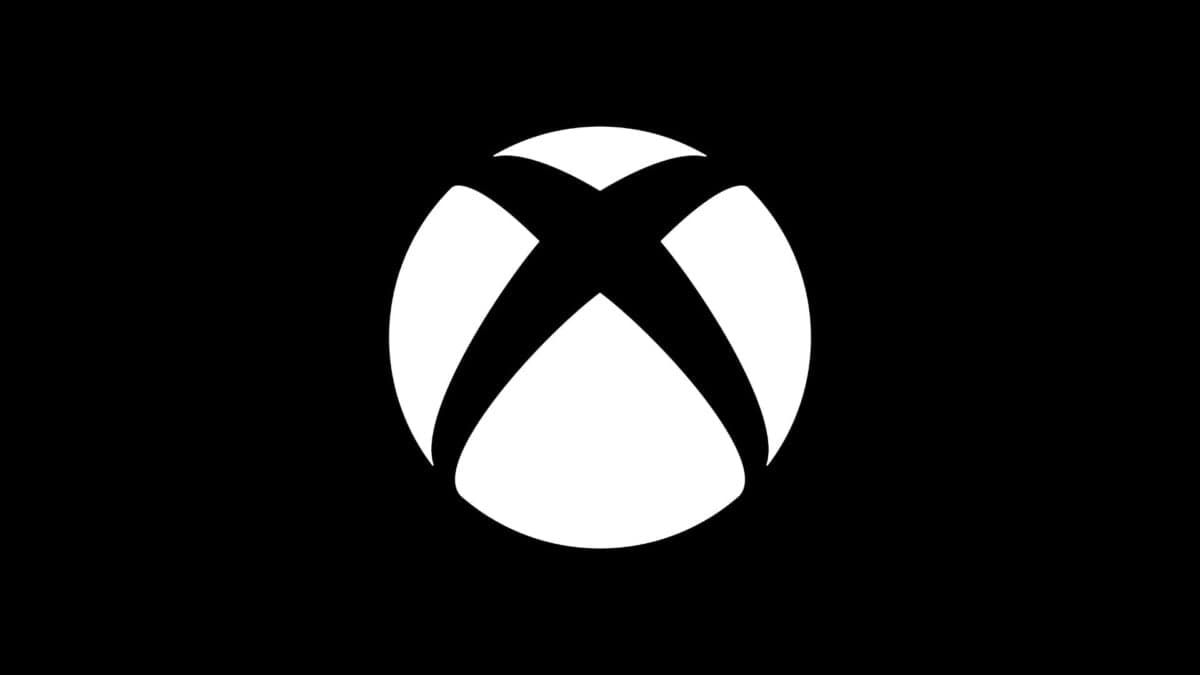
Sarah Bond says the next Xbox will deliver a “very premium,” “high-end” experience with a curated feel – and that instantly caught my attention. After a generation defined by the Series S as the cheaper on-ramp, Microsoft is signaling a hard swing away from value-first hardware toward something unapologetically top-tier. The pitch hints at AMD-heavy silicon, slick UI ideas borrowed from Windows handhelds like the ROG Ally, and a focus on polish over price. That’s exciting, but it also raises the obvious question: who’s this console really for, and how much will it cost?
Bond’s messaging is careful but clear: Xbox is building next-gen hardware, prototyping with AMD, and positioning it as a premium device. The cadence suggests a 2027-2028 window, which lines up with typical console cycles and gives AMD time to roll a big, power-efficient APU. “Curated experience” is doing heavy lifting here — it implies a tighter, more controlled ecosystem than a Windows box, but also a UI that foregrounds the best of Xbox and, potentially, select PC storefronts.
The hybrid chatter is still fuzzy. Bond dodged labeling it a handheld or hybrid, and I don’t blame her. Windows handhelds are better than they were a year ago, but battery life, thermals, and software friction are still landmines. If Xbox borrows ideas from the ROG Ally — I’ve used one extensively — I hope they take the good (big-screen “console mode,” quick launcher, input consistency) and leave the early-days jank behind.

This move reads like a response to two pain points of the Series generation. First, the split between Series X and the cheaper Series S created real headaches for devs, from memory constraints to optimization targets. Second, Xbox leaned on Game Pass while its first-party slate stuttered; the hardware story never felt singular. A single, premium flagship lets Microsoft reset the narrative: no compromises, no split targets, just “the best place to play.” And with PlayStation inevitably gearing up its own next-gen box, Microsoft wants the “most powerful console” headline back on day one.
There’s also the PC convergence angle. Xbox has been inching toward Windows synergy for years. The Ally, Legion Go, and a proper handheld “console mode” for Windows show the path: console simplicity on PC-like hardware. If the next Xbox can bring that cohesion to the living room — fast boot, fewer updates, consistent controller layers — it might finally nail the “it just works” promise while still feeling modern.

“Biggest APU ever” sounds impressive, but here’s what it likely means for us: a much stronger CPU to lift 60 fps ceilings, a GPU tuned for ray tracing without tanking frames, and upscaling/frame generation (FSR-style) baked deep into the pipeline. 4K/60 with RT in most first-party titles is the real target; 8K is marketing fluff. Expect a faster NVMe SSD, DirectStorage 2.x improvements, and probably dedicated machine learning blocks that help with upscaling and latency more than flashy “AI companions.”
Thermals and acoustics will dictate everything. A monster APU needs serious cooling if Xbox wants a quiet box under your TV. That, plus storage costs and a premium controller (Xbox needs DualSense-level haptics and gyro at this point), makes me think we’re staring at a $599-$699 launch unless Microsoft decides to take a heavy loss. If they do, they’ll expect to make it back via services and software.

The most tantalizing hint is deeper PC integration — maybe even access to Steam or Epic via an Xbox-first UI. I love the idea in theory. In practice, running third-party storefronts on a console means sandboxing, input mapping quirks, overlays, refund policies, and the big one: anti-cheat. Kernel-level anti-cheats don’t play nicely with locked-down consoles. If this happens, expect a curated subset of compatible games, not your entire 2,000-game Steam backlog magically working overnight. Still, even a vetted slice would be a huge differentiator over PlayStation.
Xbox is building a “very premium,” AMD-powered console that borrows smart UI ideas from Windows handhelds. Expect better 4K/60 performance, tighter polish, and a high price — with PC integration as the wild card. If Microsoft nails the controller, the software, and a sane storage story, this pivot could finally give Xbox a clear identity again.
Get access to exclusive strategies, hidden tips, and pro-level insights that we don't share publicly.
Ultimate Gaming Strategy Guide + Weekly Pro Tips